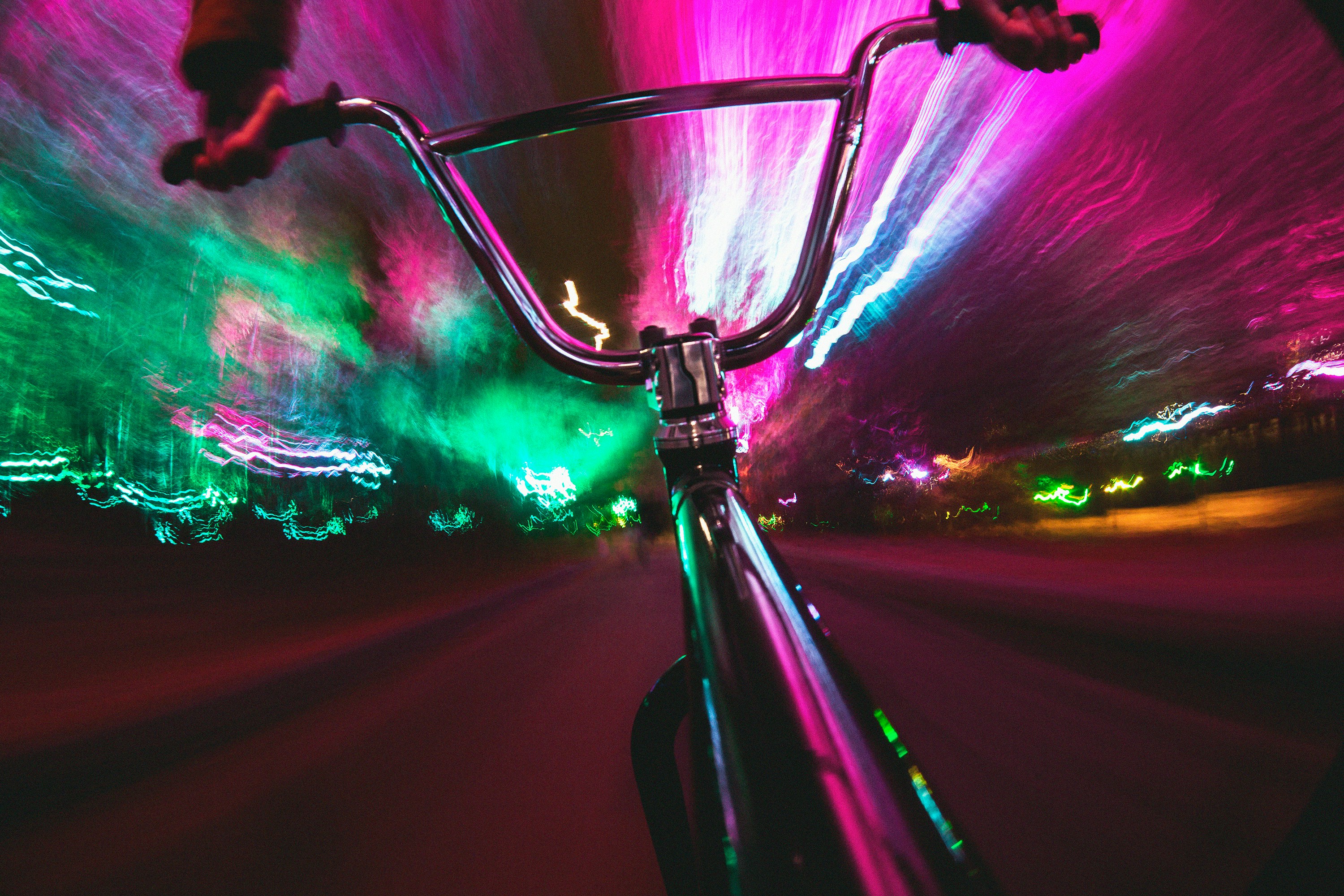"Digital Art: A New Dawn in the Artistic Arena"
Introduction: In an era where technology is indistinguishable from magic, a new form of artistry is emerging: digital art. This article explores the evolution of digital art, its current status, and its potential impact on the future of the arts and entertainment industry.

The Genesis of Digital Art
Digital art, much like traditional art, began as an expression of human creativity, albeit through a different medium. As early as the 1960s, artists started exploring the potential of using computers to create art. This coincided with the advent of the digital age, and as technology advanced, so did digital art. The movement gained momentum in the 1980s and 1990s, with the development of graphic design software and digital painting tools. Today, digital art encompasses a broad range of artistic works, from digital paintings and animations to 3D sculptures and virtual reality installations.
The Current State of Digital Art
In recent years, digital art has taken center stage in the art world. More artists are embracing digital tools to create their works, and this shift is reflected in the pieces displayed at art exhibitions globally. The rise of social media platforms has also played a pivotal role in the proliferation of digital art. Artists can now share their creations with the world at the click of a button, leading to a democratization of the art scene.
The Impact of Digital Art on the Arts and Entertainment Industry
The impact of digital art on the arts and entertainment industry is profound. It has not only revolutionized the way artists create but also how audiences engage with art. Digital art allows for a more immersive and interactive experience, breaking down the barriers that often exist between the viewer and the artwork. Moreover, it has opened up new avenues for artists to generate income through the sale of digital art pieces, particularly with the advent of non-fungible tokens (NFTs).
Digital Art: Significance and Reception
Digital art is often viewed as a democratizing force in the art world, allowing more individuals to create and share their works without the need for traditional art supplies or gallery representation. However, it also presents challenges, particularly around issues of copyright and authenticity. Despite this, the reception of digital art has been largely positive, with an increasing number of people recognizing it as a legitimate form of artistic expression.
The Future of Digital Art
With advancements in technology, the future of digital art looks promising. With the rise of virtual and augmented reality, artists now have even more tools at their disposal to push the boundaries of creativity. While it’s impossible to predict precisely where digital art will go, one thing is clear: it’s here to stay.
In conclusion, digital art represents a pivotal shift in the arts and entertainment industry. Its emergence has not only reshaped artistic practices but also broadened the accessibility and appreciation of art. As technology continues to evolve, digital art will undoubtedly continue to influence and inspire new forms of creative expression.




